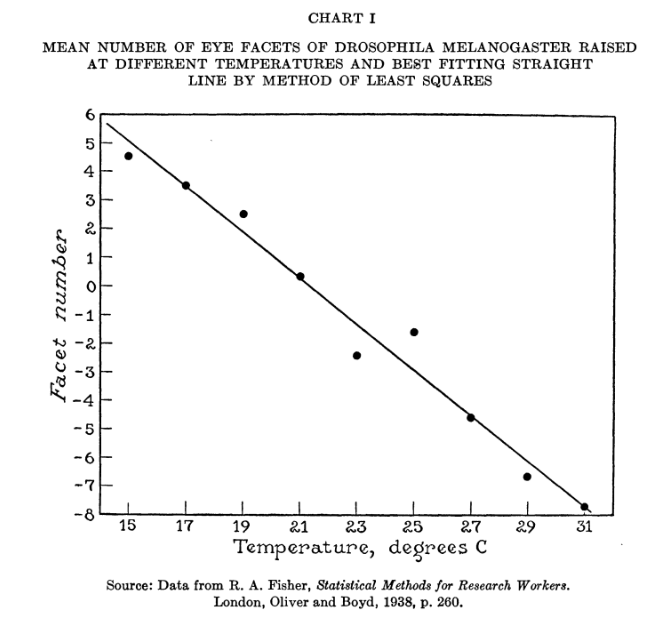If you want to bury something, conventional wisdom says to release it on a Friday.
Josh: Any stories we have to give the press that we’re not wild about, we give all in a lump on Friday.
Donna: Why do you do it in a lump?
Josh: Instead of one at a time?
Donna: I’d think you’d want to spread them out.
Josh: They’ve got X column inches to fill, right? They’re going to fill them no matter what.
Donna: Yes.
Josh: So if we give them one story, that story’s X column inches.
Donna: And if we give them five stories …
Josh: They’re a fifth the size.
Donna: Why do you do it on Friday?
Josh: Because no one reads the paper on Saturday.
Dunno if you heard, but there’s also a giant hurricane heading towards Texas.
If it does not lose significant strength, the system will come ashore as the fiercest hurricane to hit the U.S. in 13 years and the strongest to strike Texas since 1961’s Hurricane Carla, the most powerful Texas hurricane on record. Aside from the winds of 130 mph (201 km/h) and storm surges up to 12 feet (4 metres), Harvey was expected to drop prodigious amounts of rain – up to 3 feet. The resulting flooding, one expert said, could be “the depths of which we’ve never seen.” […]
“In terms of economic impact, Harvey will probably be on par with Hurricane Katrina,” said University of Miami senior hurricane researcher Brian McNoldy. “The Houston area and Corpus Christi are going to be a mess for a long time.”
On top of all that, this is Texas. A lot of people are blowing off the hurricane’s severity or refusing to leave their places for fear of looting. Border patrol is leaving their checkpoints open, so any immigrants that flee for their lives might be rewarded with a deportation. The situation is so bad, one mayor asked people to write their name and social number on their arms, so their bodies could be identified later.
Anyone dumping major news stories on the Friday evening that Hurricane Harvey hits is a craven coward, exploiting other people’s deaths to distract from their own bad press.
In a resignation letter, published Friday night by The Federalist and confirmed by POLITICO, [Sebastian] Gorka cited “forces” that do not support President Donald Trump’s “MAGA promise” as those that drove him out of the White House.
But a White House official indicated in a statement that Gorka had been forced out: “Sebastian Gorka did not resign, but I can confirm he no longer works at the White House,” the official said.
President Donald Trump has formally signed a presidential memo directing the Pentagon to ban transgender people from joining the US military, following through on a policy he announced on Twitter back in July.
The presidential memo, issued late Friday evening, directs the secretaries of defense and homeland security (which oversees the US Coast Guard) to put forward a plan to implement the new policy by February 21, 2018.
President Trump on Friday pardoned former Arizona sheriff Joe Arpaio — a move that keeps one of his staunchest political allies out of jail and will likely cheer his conservative base, which supports both men’s hard-line views on illegal immigration. […]
Trump’s pardon came late on a Friday night, at a time when much of the country was focused on a Category 4 hurricane bearing down on Texas. The reaction among advocates and Democrats was swift.
“President Trump is a coward. He waited until a Friday evening, as a hurricane hits, to pardon a racist ex-sheriff,” said Rep. Ruben Gallego (D-Ariz.), who represents Phoenix. “Trump should at least have the decency to explain to the American public why he is undermining our justice system.”
Sen. Charles E. Schumer (D-N.Y.) also accused the president of “using the cover of the storm to pardon a man who violated a court’s order.”
Let’s focus in on that last one. While the US president has wide latitude to pardon anyone he wants, with little or no restriction, there are formal guidelines for how they should go about it. The US Department of Justice needs to investigate the situation, perhaps even dragging in the FBI; the conviction has to be in Federal court; there should be a five year waiting period between the conviction and the pardon; the person requesting the pardon must state their reasons and show remorse; and while it isn’t in the link above, the original ideal behind the pardon was to promote national unity in the face of a crisis.
Only one of those was fulfilled. Trump did not involve the Department of Justice; Arpaio has not even been sentenced yet, nor has he shown remorse; and Arpaio is a horribly racist officer who humiliated convicts and violated basic human rights. Pardoning him sends a signal that other officers are free to flaunt the law so long as they kiss Trump’s ass, making a mockery of the law and dividing the country. By extending it to crimes Arpaio hasn’t been convicted of, Trump may make a powerful tool even more so. By telegraphing his intentions at a political rally, Trump’s turned the pardon into a political tool instead of an act of mercy.
When Gerald Ford pardoned Richard Nixon, his popularity took one of the largest hits recorded. By cowardly hiding the pardon amid a dump of other news, while Texans are dying from a natural disaster, Trump must be hoping that he’ll avoid the same fate as Ford.
Alas, the “Friday news dump” doesn’t work. Trump’s popularity won’t tumble as much as Ford’s, mainly because it’s already near the floor and can’t fall as far, but I’d be shocked if he doesn’t take a minor hit at minimum. No, this will instead add to the rising tensions between Trump and Congress, and there’s a small chance it’ll be enough to finally convince Republicans to impeach his ass.

